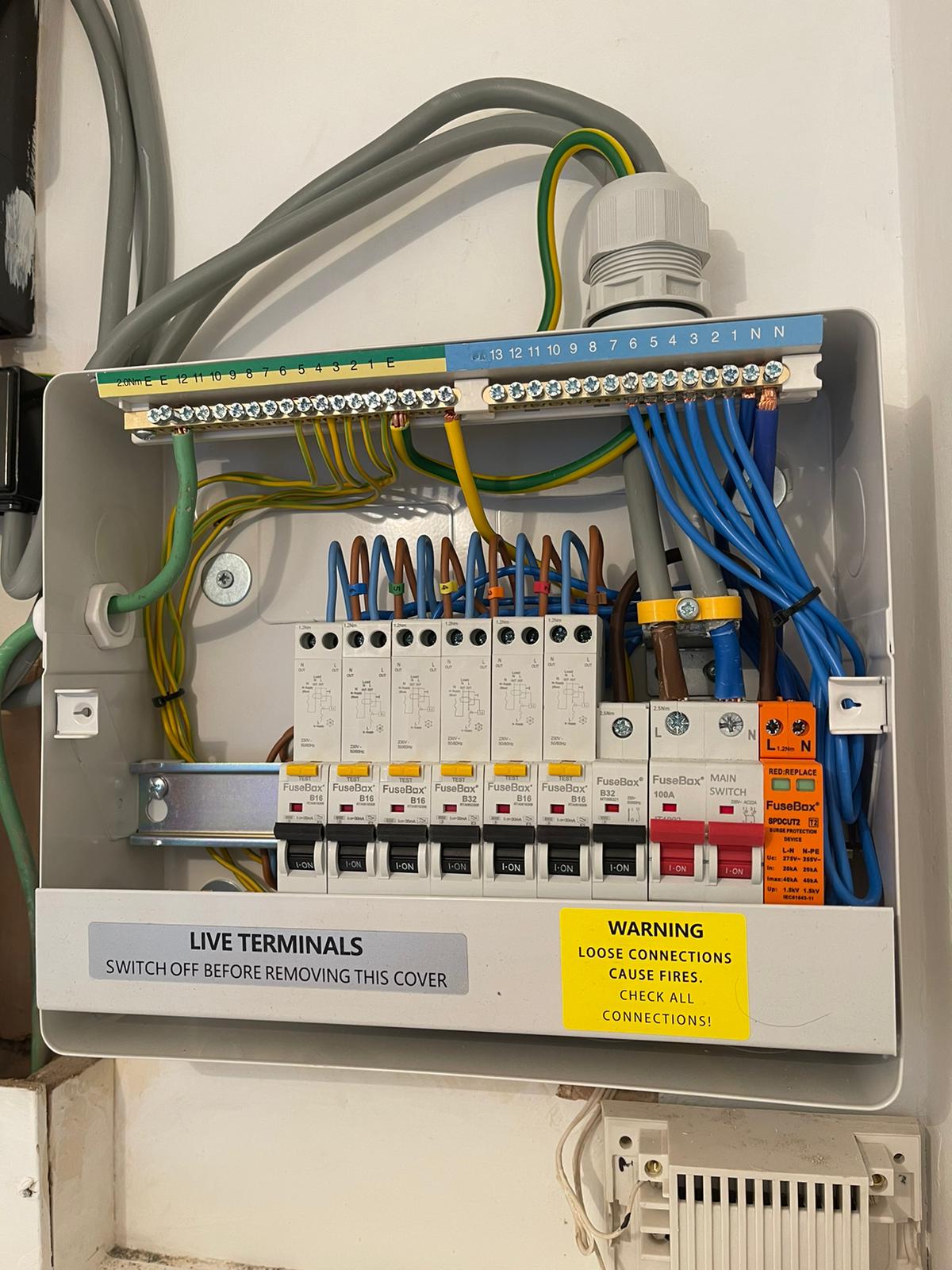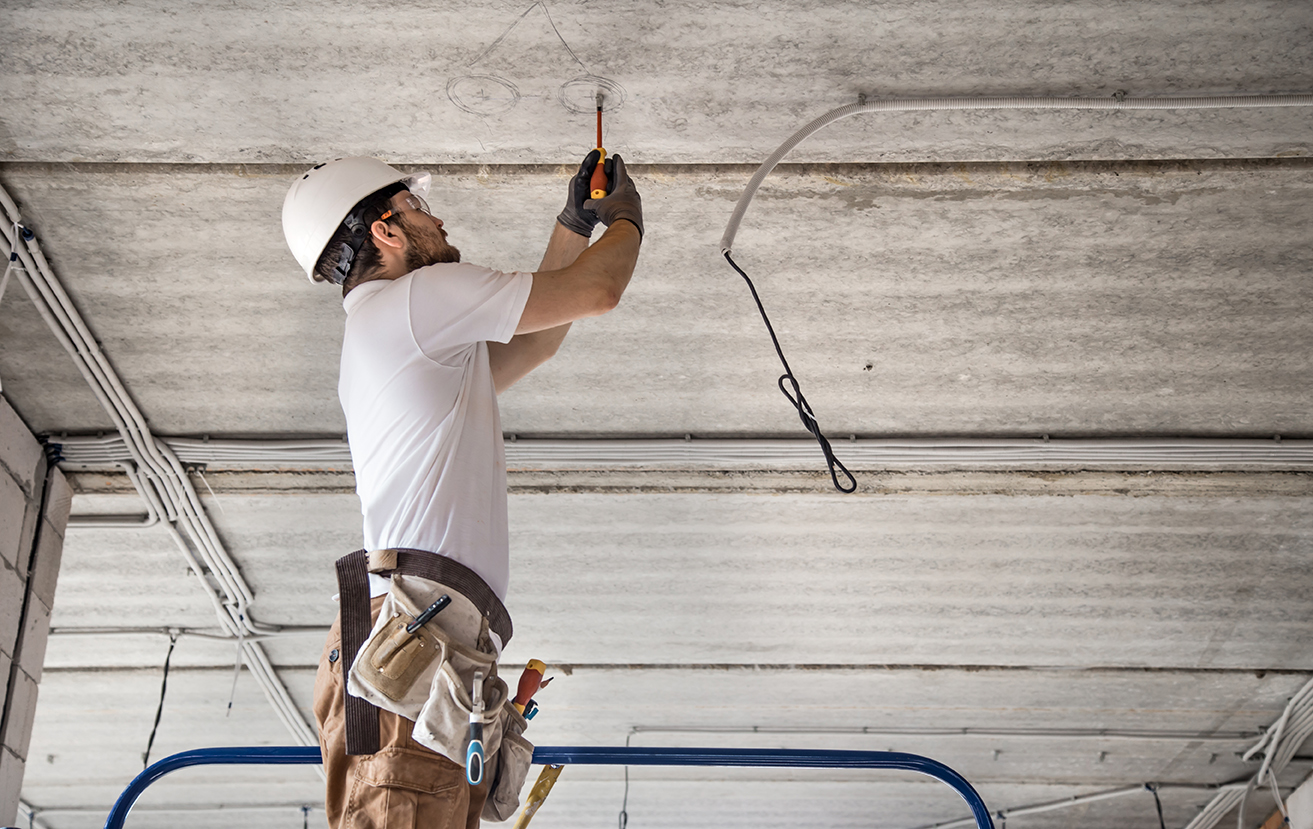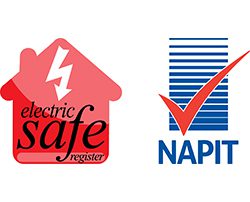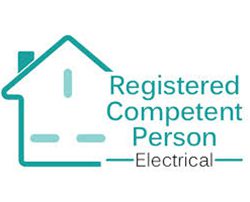Consumer Unit replacements in Bristol and the Southwest
The consumer unit is the central point of your home’s electrical installation. It distributes the incoming electrical supply across the circuits powering the sockets, lights and appliances that you use everyday.
Due to general wear and tear, planned changes or additions to your electrical installation, updates in the electrical regulations and progress in technology, a consumer unit replacement may become necessary.
Do I need a board change?
Inadequate boards are usually flagged when an Electrical Installation Condition Report has been completed. Sometimes the EICR will reveal issues which require a board change:
Board Change FAQs
How long does a Consumer Unit Replacement take?
The time it takes to change a board varies depending on the number of circuits needed and accessibility of the space where the board is to be fitted. For a single domestic consumer unit, however, we can confidently estimate an installation time of between 3 and 6 hours.
How disruptive are Consumer Unit Replacements?
You can expect all electrics in the property to be off for the entire duration of the board change.
How much does a Consumer Unit Replacement cost?
This depends on the number of circuits per board and accessibility, however the typical price, as of 2022, for a single domestic consumer unit is between £400 and £700 ex. VAT.
Are there different types of Consumer Units?
There are different levels of protection available. The newest boards have metal enclosures to reduce the risk of fire. The newest technology includes RCBO protection (individual RCD’s for each circuit) as well as surge protection to protect sensitive equipment. Business electrical provides all of these features as standard.
The benefits of a board change
Increased electrical safety with RCD protection
RCDs provide additional protection against electric shock for all outlets in your electrical installation. If you are worried about the risks to yourself or others, RCD protection is recommended and sometimes essential.
Reduced nuisance with RCBO’s
An RCBO is an RCD for every individual circuit in the board. If you have 10 circuits it’s best to have 10 individual RCD, thereby protecting each circuit. The advantage of RCBOs over separate RCD modules is that an issue on one circuit (i.e.water in an outside light) won’t effect other circuits fed from your board.
Reduced fire risk with metal clad boards
As of BS7671 18th edition, all boards are required to be made out of non-combustible materials. In practice this means all modern boards are metal and not the old style plastic, which will reduce the risk of a fire.
Room to grow
If you are looking to extend your house, or add a power-hungry new appliance, new circuits may be needed. The old consumer unit might not have the required space for the new circuits, so a larger board change would be needed.









